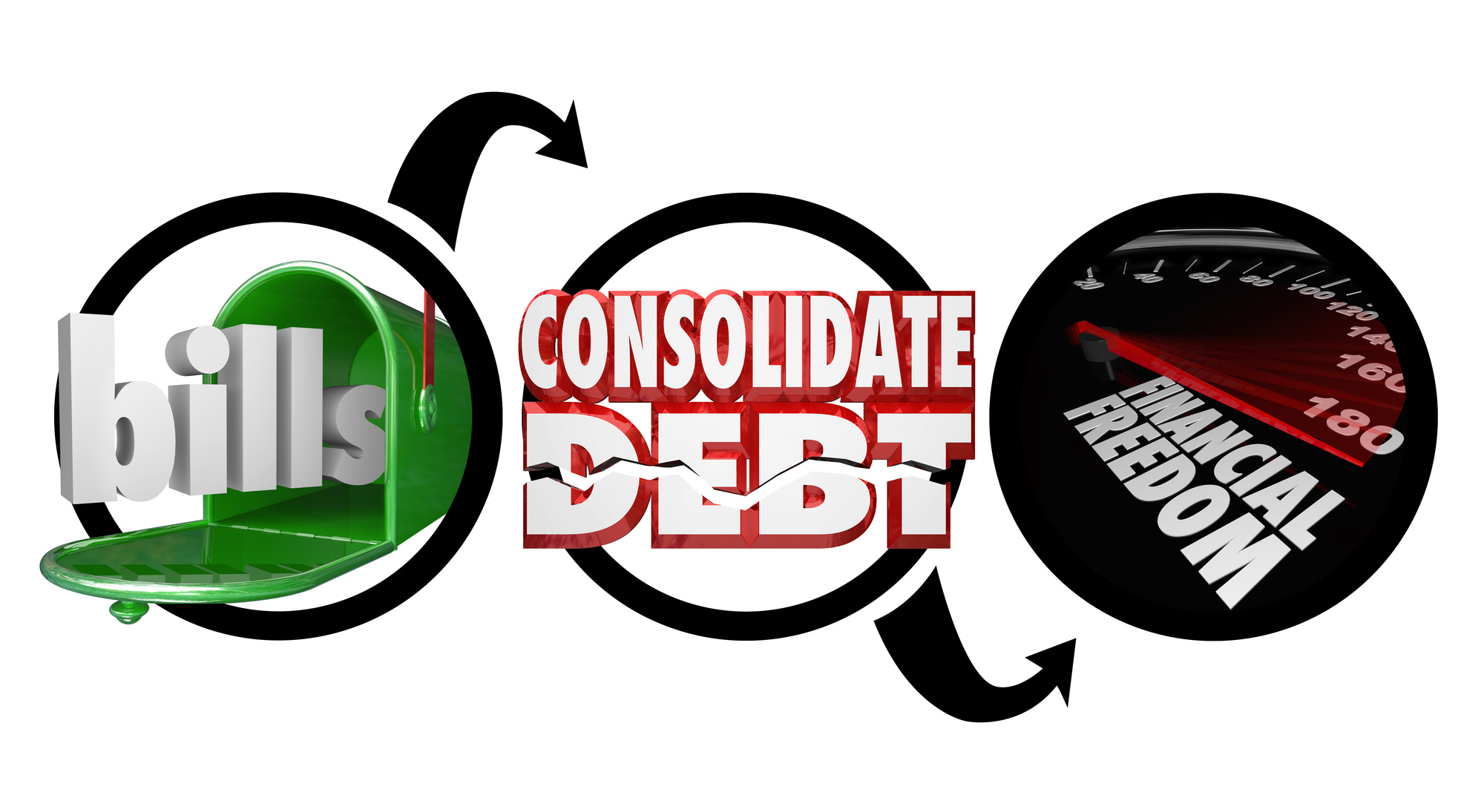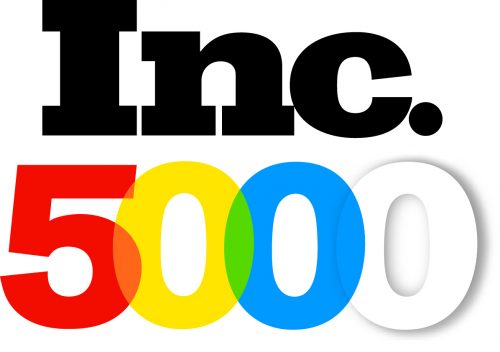Did you know that credit card debt in the United States crossed the $1 trillion mark in 2019? As far as total debt amounts go, Americans are officially dealing with a debt crisis.
Now, there’s nothing wrong with having a credit card, per se. The actual problem with unsecured debts like credit cards is the soaring-high interest rates that come along with them.
The longer you stay in debt, the more interest you pay. A healthy and sustainable way to pay off astronomically-high-interest rate debt would be to refinancing your loans.
If you’re a homeowner, then consolidating your debt into a home loan might be an option for you.
Keep on reading for our deep dive into debt consolidation and we’ll thoroughly answer the question: “Can you consolidate debt into a home loan?”
Can You Consolidate Debt Into a Home Loan?
The short answer would be: yes. However, there’s a lot of nuanced grounds that we need to cover here.
In order for a refinanced mortgage to work in your favor, it’s best if you have enough equity on hand before you take that step.
For instance, if you reach the point where you owe more than 80% of your home’s value after refinancing, then you’ll have to get mortgage insurance. That’s an added financial burden that you’re not ready to take on at the moment.
Therefore, you’ll have to ensure that you don’t own more than 80% of your home’s value.
You can do so by calculating your loan-to-value ratio (LTV). It’s a simple calculation, all you need to do is divide your mortgage balance by the estimated value of your home.
If the result is less than 80%, you’re in a good place to refinance your mortgage with a cash-out on equity without having to add mortgage insurance.
Mortgage Refinance Methods: Cash-Out Refinancing
There are multiple avenues to take when it comes to mortgage refinancing. Let’s talk about one of the most popular ones that might be available to you, and that’s cash-out refinancing.
Cash-out refinancing works by having you take a new larger mortgage on your home. It allows you to pay off your old mortgage, as well as providing you with cash at the closing that leaves you free to pay off other bills and debts.
Yet, as we’ve previously discussed, you’ll have to have sufficient equity in your home. Once you’ve gotten all the refinancing paperwork in order, you’ll only owe your primary mortgage lender and nothing else. That’s what debt consolidation aims to do.
The Benefits of Mortgage Consolidation
Now that we’ve covered what’s the process of mortgage consolidation and refinance entails, it’s time to discuss why it’s a great option for you.
The key benefit of consolidating your debt via mortgage refinance is paying a much lesser amount on interest.
The truth of the matter is that mortgage loans are — generally— affordable, and their rates are much lower than the interest rates on unsecured loans like credit card loans.
This way you get to pay less money on interest fees in total, which —in turn— will enable you to pay off your debts much sooner.
Moreover, when you consolidate your debt, you only have to monitor a single payment every month. You’ll have a single debt source, which is your mortgage payments, and that is all.
It takes out the stress of trying to manage multiple pay dates, which increases the chances of missing a due date and having to deal with the damage that it causes your credit score.
The Pain Points of Consolidating Debt With Mortgage Loan
Unfortunately, there’s nothing on the market that doesn’t come with a couple of drawbacks and other weak points that you need to keep in mind.
In the case of a mortgage refinance, you’ll have to keep a close eye on your closing costs. Some leaders and loan providers can charge huge amounts of money in fees when you’re refinancing a mortgage to pay off debt.
Consequently, you’ll need to compare the closing costs with your total interest savings on the consolidated debt. You want a healthy difference between the two numbers, with the interest savings much bigger than the closing costs.
Also, you’ll have to make peace with the fact that now you’re dealing with secured debt instead of unsecured debt.
The reason why credit card (and other kinds of debts) is considered unsecured is that it’s not actually backed by collateral. On the other hand, mortgage debt is secured by the house itself.
This means that if you failed to make your payments, your lender can take your home. It’s an increased risk to you as the borrower, and that’s why you’re getting lower interest rates.
If you happen to take the cash-out-refinance route, you’re intentionally increasing your mortgage balance by the amount of debt you’re aiming to pay off.
Thus, your monthly mortgage payments could see a hike, depending on the terms of the loan and the rates that you agreed on.
How to Get the Best of Both Worlds
With a bit of research and due diligence, you can strike the right balance between the tremendous benefits and the potential drawbacks of debt consolidation by mortgage loans.
Start by taking a look at your mortgage’s term, that’s the length of the loan in years. If you’ve already paid several years off your mortgage, make sure you don’t go for a 30-year mortgage loan.
It might cost you a bit more in monthly payments in the short term, but in the long term, you’ll get a solid reduction in total interest payments.
Debt Consolidation Done Right
We understand the mental and emotional strain that comes with dealing with debt. However, with a well thought out debt consolidation plan, you’re already doing much better at tackling your debt than the majority of the U.S. population.
Can you consolidate debt into a home loan? Yes, you can. Now that you’ve read our breakdown, you’re in a great position to start looking at your options. You can also contact us if you have any questions.




